The humble crock of Northeastern Chinese suan cai—fermented cabbage—holds centuries of culinary wisdom within its earthenware walls. Among the many variables that determine the success of this lactic acid fermentation process, the weight of the pressing stone remains one of the most hotly debated topics among traditional fermenters. This seemingly simple factor influences everything from texture development to microbial activity, creating subtle but crucial differences in the final product.
In rural households across Liaoning, Jilin, and Heilongjiang provinces, grandmothers will swear by their preferred stone weight like master vintners discussing oak aging. The stones, typically smooth river rocks boiled for sterilization, serve a dual purpose: they keep the cabbage fully submerged in brine while simultaneously creating an anaerobic environment conducive to lactobacillus growth. Too light, and floating vegetable matter risks mold contamination; too heavy, and the cell structure breaks down into an unappetizing mush. The ideal weight, as with many aspects of traditional food preservation, exists in a delicate balance between science and generations of accumulated experience.
Seasoned fermenters observe that heavier stones—often 15-20% of the crock's total capacity—accelerate the initial fermentation phase by forcing moisture out of the cabbage more rapidly. This creates a brine solution faster, which helps inhibit unwanted bacterial growth during the critical first 72 hours. However, this approach requires careful monitoring; the increased pressure damages cell walls, releasing more sugars that can lead to over-acidification if left unchecked. In contrast, lighter stones (around 8-12% of crock weight) produce a slower, more controlled fermentation that preserves crunchiness but extends the safe-to-eat window by several weeks.
The mineral composition of the stones themselves becomes part of the flavor profile. Porous volcanic rocks from Changbai Mountain are prized for their ability to subtly alter brine chemistry, while granite stones from the Songhua River basin are favored for their density and neutral pH influence. Modern food scientists have identified trace mineral transfer—particularly calcium and magnesium—as contributing to both pectin stabilization and microbial diversity in the fermentation ecosystem. This explains why some families guard their "lucky stones" as heirlooms, claiming their unique mineral signature makes their suan cai distinct.
Temperature plays a crucial moderating role in the stone weight equation. During the frigid Northeastern winters where outdoor fermentation is common, heavier stones help maintain consistent pressure despite the cabbage's cellular contraction in cold. Summer fermentations often benefit from reduced stone weight to account for the vegetable's natural softening in warmth. This seasonal adjustment reflects the deep understanding traditional preservers have of their ingredients' behavior—a knowledge now being quantified by researchers studying time-pressure-temperature relationships in vegetable fermentation.
Commercial producers face different challenges altogether. Large-scale operations using concrete weights or stainless steel presses must account for even pressure distribution across massive vats. Some have adopted adjustable hydraulic systems that mimic traditional stone weights while allowing precise control—a technological solution to an ancient problem. Yet many consumers insist the best suan cai still comes from clay crocks with those time-honored smooth stones, believing the imperfect, organic pressure creates more complex flavor development.
The debate extends beyond practicality into cultural identity. In a region where winter historically meant months of relying on preserved foods, the suan cai crock represented both sustenance and continuity. The choice of stone weight often followed family traditions more than scientific optimization—great-grandmother's three-kilogram river rock might be used not because it's objectively ideal, but because it's always been done that way. This emotional dimension explains the resistance to standardization even as food safety regulations increasingly govern commercial production.
Recent laboratory studies have begun quantifying what traditional practitioners knew intuitively. Spectral analysis shows that moderate pressure (about 1.5-2kPa) creates optimal conditions for Lactobacillus plantarum dominance while suppressing Enterobacteriaceae. The same research confirms that excessive pressure can rupture vacuoles, releasing peroxidase enzymes that cause undesirable softening—validating the old warning against using "stones that make the crock groan." Yet even with this scientific validation, most home fermenters still rely on the bubble test: if small gas bubbles rise steadily but not violently when the stone is gently tapped, the weight is deemed correct.
As younger generations rediscover fermentation traditions, new hybrid approaches are emerging. Urban apartment dwellers using glass fermentation vessels often substitute food-grade weights calibrated to mimic traditional stone pressures. Some experiment with progressive weight reduction—starting heavy to establish the brine, then lightening after the first week to preserve texture. What remains constant is the understanding that in suan cai fermentation, pressure isn't just physical—it's temporal, biological, and above all, cultural. The stone's weight becomes a fulcrum balancing microbial necessity against textural desire, connecting modern eaters to generations of cold-winter wisdom.
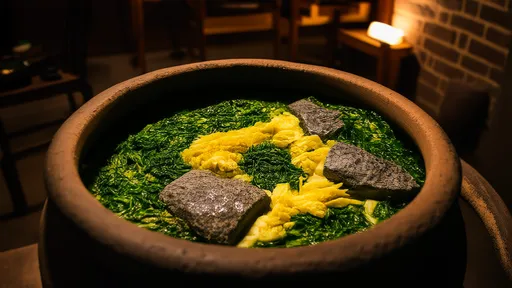
By /Jul 31, 2025
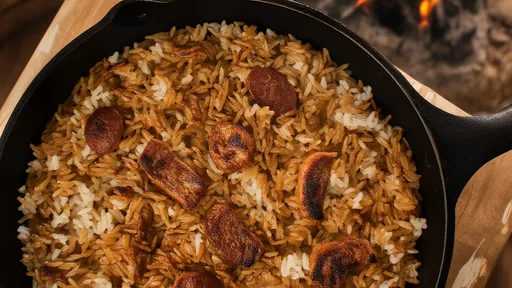
By /Jul 31, 2025
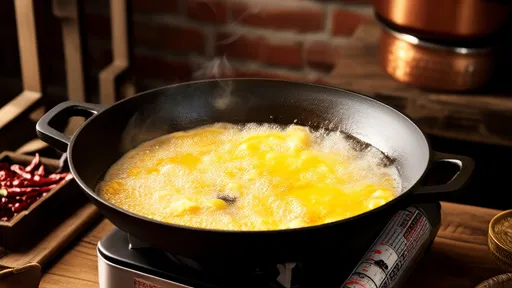
By /Jul 31, 2025
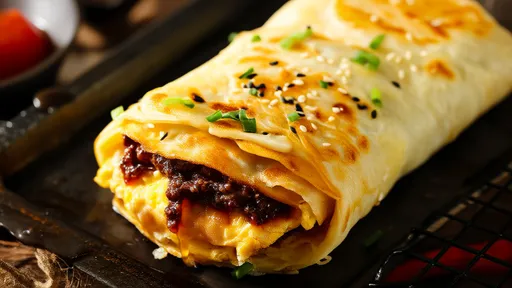
By /Jul 31, 2025
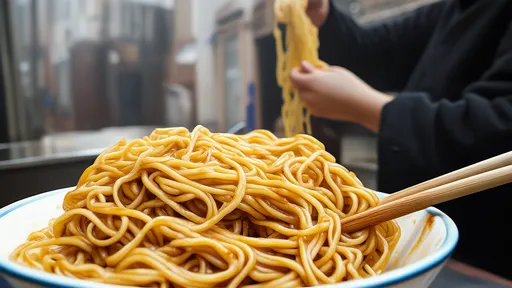
By /Jul 31, 2025
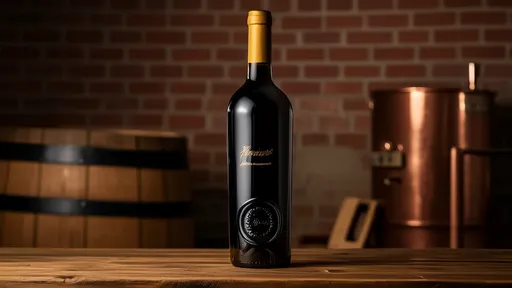
By /Jul 31, 2025
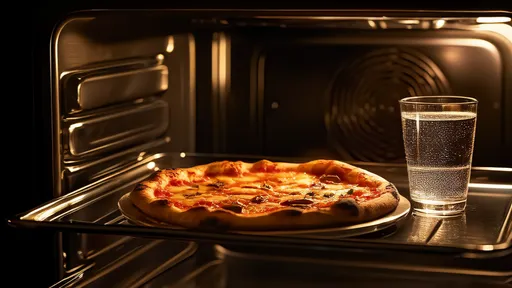
By /Jul 31, 2025
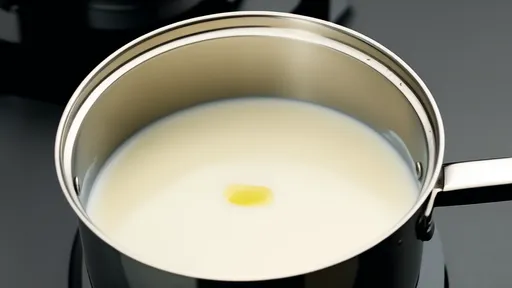
By /Jul 31, 2025
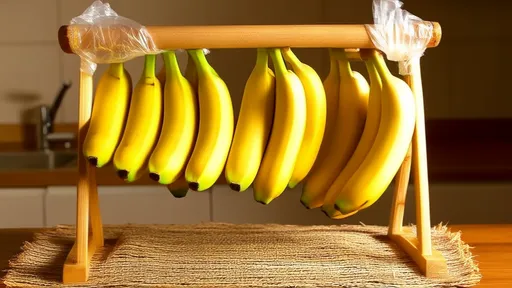
By /Jul 31, 2025

By /Jul 31, 2025
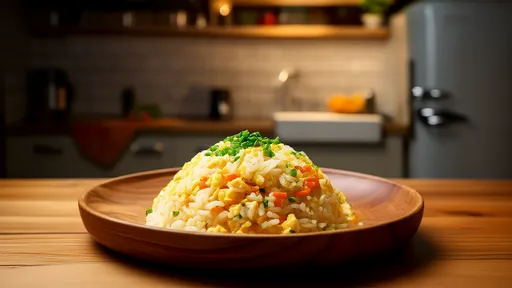
By /Jul 31, 2025
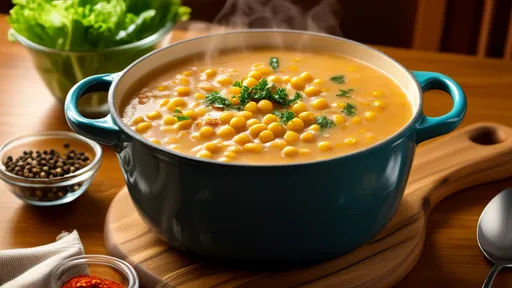
By /Jul 31, 2025
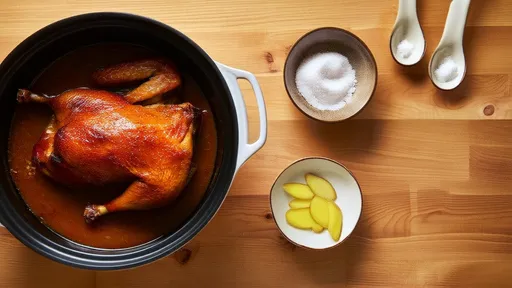
By /Jul 31, 2025
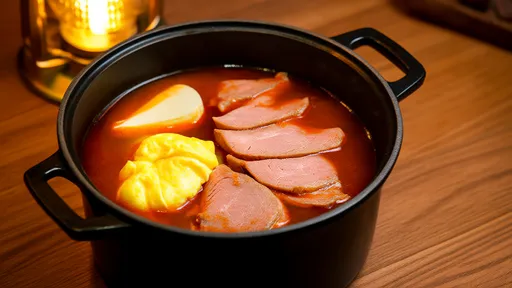
By /Jul 31, 2025
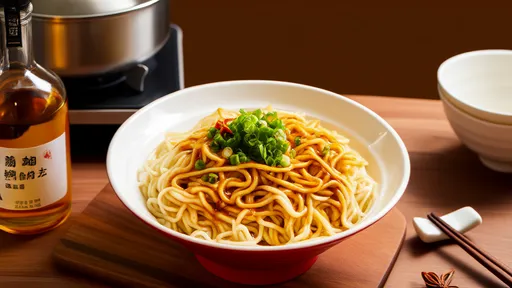
By /Jul 31, 2025
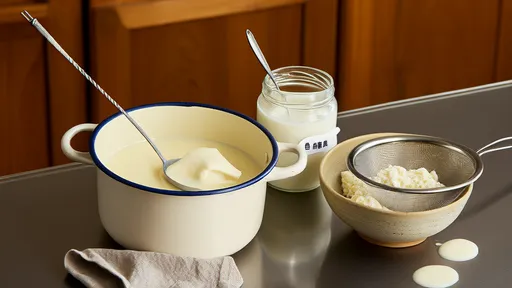
By /Jul 31, 2025
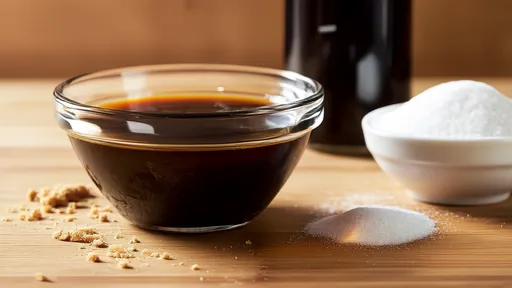
By /Jul 31, 2025
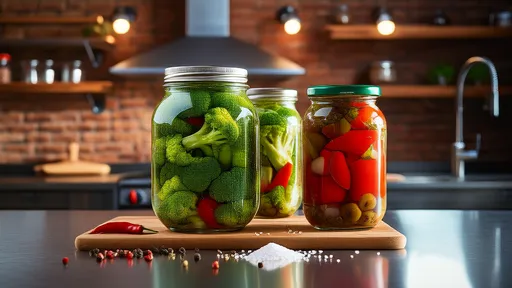
By /Jul 31, 2025
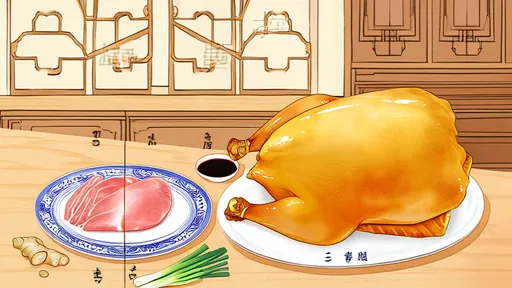
By /Jul 31, 2025
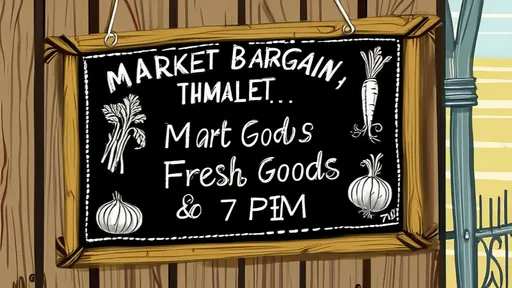
By /Jul 31, 2025